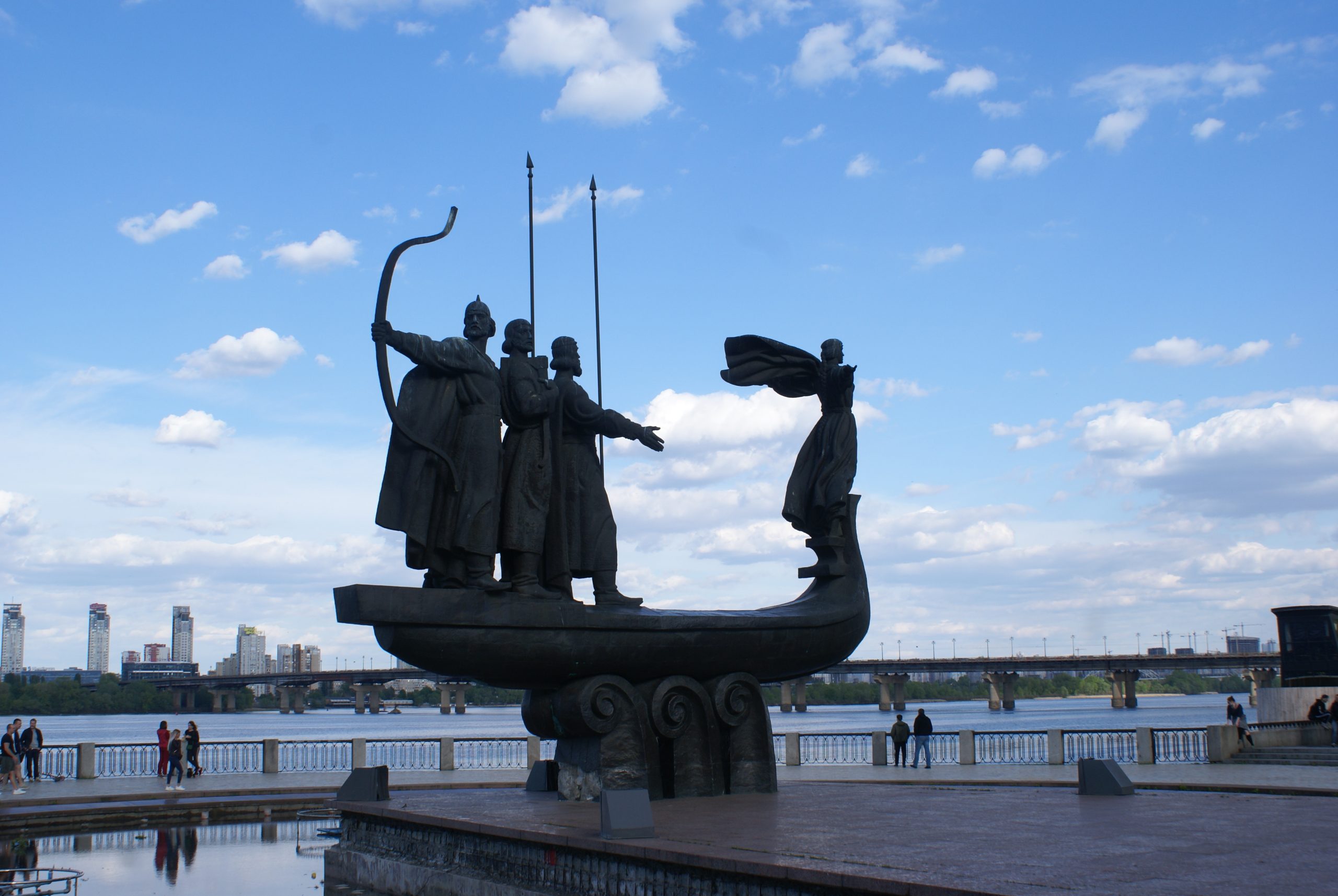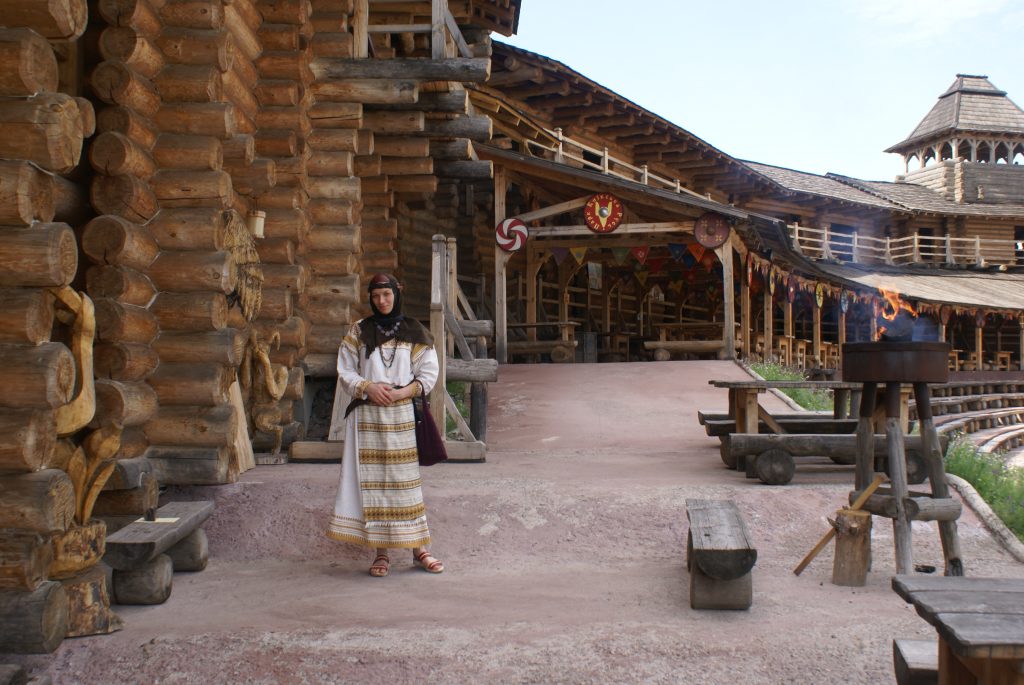You say Kiev, I say Kyiv. Let’s call the whole thing off. No, the Kiev/Kyiv debate is not the lost verse to a Cole Porter song but rather a very loaded political question in Ukraine these days. Following the Leninopad and the demolition of the 2000 or so Lenin statues remaining during the 2014 Euromaidan revolution (bar two in Chornobyl deemed too radioactive), various cities and towns in Ukraine have undergone a change in spelling to better reflect the Ukrainian language rather than Russian. Odessa has become Odesa, Kharkov switched to Kharkiv and Dnipropetrovsk is now simply Dnipro. The separatists in the Donbass have gone in the other direction, labelling Donetsk with the older name Stalino on ceremonial days. For most of the rest of the country, Kiev has become Kyiv. No more Chicken Kiev. And no more Kievan Rus.
For the Medievalist or Icelander, this should be a matter of scant concern. One can simply go with the ancient moniker Kænugarður, as it is known in the old Norse. Benoît Humbert, is his PhD thesis at the École Pratique des Hautes Études, seems to firmly establish what to the Icelander may seem self-evident, that the name comes from Kæna for ship and garður for town (garden in modern Icelandic), hence ship town.
The Russian Scandinavianist Tatjana N. Jackson says in her article “The North of Eastern Europe in Early Nordic Texts: the Study of Place-Names” that “Kænugarður” was rarely used in the oldest Norse texts from 12th and 13th Century texts compared to Hólmgarður, og Novgorod, no doubt reflecting the direction of Nordic penetration from north to south.
The Ukrainian name is in fact older. Down by the banks of the river Dniepr (or Dnipro) as it passes through K-town is a statue of four people in a boat. At the bow is a woman stretching her arms out, somewhat resembling Kate Winslet doing the same in the film Titanic. Behind her stand three stern-looking men, two carrying spears, the last one a bow. The woman is Lybid and her brothers are Shchek, Khoryv and Kyi. According to tradition they settled in these parts in 482. The three hills were named after each of the brother but the town eventually became known as the namesake of the eldest.
The ship faces downstream from whence they came, which also explains why the right bank of the river as seen on a map is called the left bank by locals and vice versa, which was to become of importance later when all of left bank Ukraine (the right side on the map) was dominated by the Russian Empire and the right bank by the Polish-Lithuanian Commonwealth, a division that reverberates to this day. But it is accounts of people sailing down the Dniepr during the Rus era that our modest website hopes to illuminate.
“The Boat,” as it is sometimes called, has become an emblem of the city, reproduced on countless postcards and was unveiled on the 1500th anniversary of settlement in 1982. One could argue that in some ways this resembles Iceland more than other Nordic countries. Whereas the Norwegians, Swedes and Danes trace their roots deep into the post-ice age past, the Icelanders traditionally claim a definite starting point in 874 as mentioned in the Sagas. In downtown Reykjavíok there is a statue of the first settler Ingólfur Arnarsson dating back to 1924 and portrays the “Father of Iceland” at the helm of a dragon-ship.
Yet whereas Iceland was most probably uninhabited when the Norse first came there, what is now present-day Ukraine most decidedly was not. But more on that later. For now, let us merely establish, out of respect for Kyi and the gang, that we will pander to Ukrainian sensibilities by settling for Kyiv and even Kyivan Rus rather than Kiev. Not everyone writing on this site will do so. And that is fine too.
Valur Gunnarsson




 Norwegian lion meets Russian bear
Norwegian lion meets Russian bear
